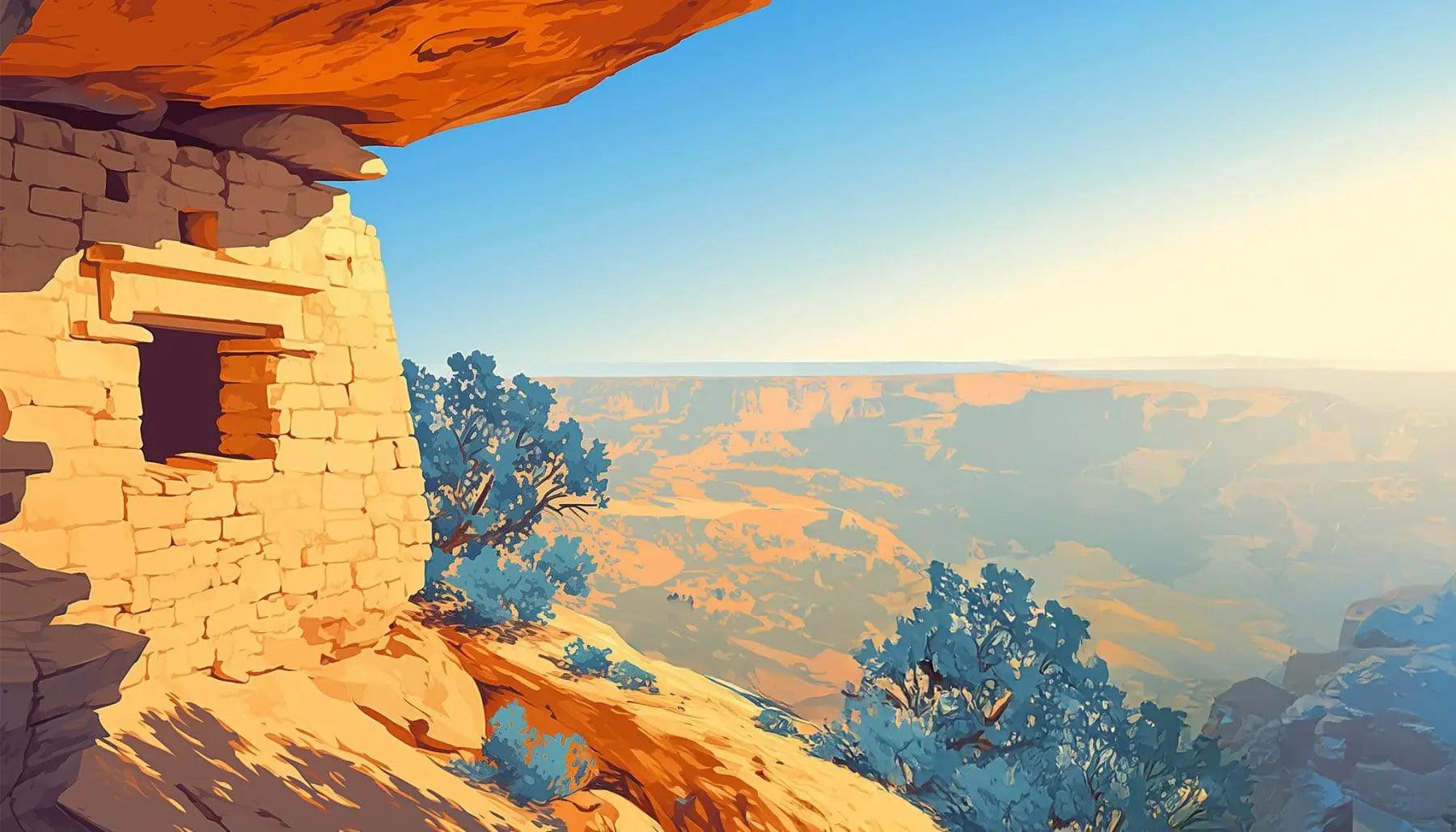
National Parks and Nature Areas at Risk: How You Can Help Protect Them
Share
America’s national parks, national monuments, state parks, and wilderness areas are among our country’s most treasured resources, offering breathtaking beauty, cultural significance, and vital ecological habitats. For generations, these protected lands have been sanctuaries of natural wonder and a testament to our commitment to preserving the environment for future generations.
Unfortunately, many of these national parks are at risk. Policy changes and development interests have opened the door to mining, drilling, and other activities that threaten to harm some of the most iconic and irreplaceable landscapes in the United States.
We cannot afford to wait. Now is the time to take action to safeguard these invaluable treasures. In this post, we’ll highlight the national parks at risk, explore why they matter, and share how you can join the movement to protect them.
Bears Ears National Monument (Utah)

Bears Ears is a breathtaking landscape that holds deep cultural significance and incredible natural beauty. Its protected size was drastically reduced due to recent policy changes, leaving it vulnerable to resource extraction. This sacred land is home to over 100,000 archaeological sites and is revered by multiple Indigenous tribes.
Why It’s Important: Bears Ears is sacred to multiple Indigenous tribes, including the Navajo, Hopi, Zuni, Ute Mountain Ute, and Uintah and Ouray Ute tribes. It is home to over 100,000 archaeological sites, from ancient cliff dwellings to petroglyphs, that offer invaluable insights into Native American history. The area’s unique geology and biodiversity also make it a critical habitat for wildlife and plants.
How to Help:
- Support the Bears Ears Inter-Tribal Coalition, a Native-led organization advocating for the protection of this monument.
- Donate to Earthjustice to help fund legal battles aimed at restoring the monument’s protections.
Grand Staircase-Escalante National Monument (Utah)

Grand Staircase-Escalante is a vast and rugged expanse known for its dramatic canyons, colorful rock formations, and rich fossil records. In recent years, its protected size was reduced by almost 50%, exposing critical areas to the risk of coal mining, oil exploration, and other industrial activities. These activities threaten not only the land but also the local tourism industry that relies on the monument’s preservation.
Why It’s Important: Grand Staircase is a paleontological treasure trove, with fossils dating back over 75 million years. It’s also a favorite destination for hikers, climbers, and outdoor enthusiasts who come to explore its unique geological features and remote wilderness. The monument provides critical habitats for desert wildlife, including threatened and endangered species.
How to Help:
- Contribute to The Wilderness Society, which advocates for the preservation of public lands.
- Get involved with the Southern Utah Wilderness Alliance, a grassroots organization fighting to protect Utah’s wildlands.
Boundary Waters Canoe Area Wilderness (Minnesota)

The Boundary Waters Wilderness is one of the most pristine and beloved wilderness areas in the United States. However, it faces a significant threat from proposed sulfide-ore copper mining projects near its boundaries. Consequently, these mines pose a high risk of toxic runoff that could pollute waterways and devastate ecosystems. Furthermore, this pollution could jeopardize local communities that depend on the area’s clean water for fishing and recreation.
Why It’s Important: This untouched wilderness is a haven for outdoor recreation, including canoeing, fishing, and wildlife observation. It is one of the most popular destinations for paddling enthusiasts, drawing visitors from across the country to experience its unparalleled clean water and diverse wildlife, including moose, loons, and black bears.
How to Help:
- Support Save the Boundary Waters, a leading organization advocating for a permanent ban on mining near the wilderness.
- Donate to Friends of the Boundary Waters Wilderness, which works to protect and preserve this iconic area.
Arctic National Wildlife Refuge (Alaska)

The Arctic National Wildlife Refuge spans 19 million acres. It includes diverse habitats, ranging from tundra to coastal wetlands. This vast expanse is one of the last untouched wilderness areas in the United States.
Why It’s Important: ANWR spans 19 million acres and includes diverse habitats ranging from tundra to coastal wetlands. It holds immense ecological and cultural significance, particularly for the Gwich’in people, who rely on the caribou herds for their subsistence and way of life. The refuge also plays a crucial role in combating climate change by storing vast amounts of carbon in its permafrost and vegetation.
How to Help:
- Support the Gwich’in Steering Committee, which leads efforts to protect this sacred land.
- Donate to Defenders of Wildlife, an organization dedicated to safeguarding wildlife and wildlands.
Tongass National Forest (Alaska)

Tongass National Forest, often referred to as the “lungs of North America,” is the largest temperate rainforest in the world. Recent rollbacks in protections have opened up significant portions of the forest to logging and road construction, threatening its old-growth trees, which play a vital role in absorbing carbon and combating climate change. Logging activities also threaten the habitats of salmon, bears, and eagles that rely on the forest’s unique ecosystem.
Why It’s Important: Tongass is not only a critical carbon sink but also a cultural and economic lifeline for local Indigenous communities. The forest supports biodiversity, provides a home for rare species, and sustains industries like fishing and tourism. Its loss would have devastating global and local impacts.
How to Help:
- Donate to the Southeast Alaska Conservation Council, which advocates for the preservation of Tongass.
- Support the Natural Resources Defense Council (NRDC), which campaigns for stronger protections for Tongass and other vital ecosystems.
What You Can Do to Help Protect Public Lands
Learn more about how you can help protect these national parks at risk by supporting advocacy organizations.
- Stay Informed: Follow credible sources to stay updated on conservation issues and public land policies.
- Donate to Advocacy Groups: Organizations like National Parks Conservation Association and Sierra Club work tirelessly to protect public lands.
- Write to Your Representatives: Let your lawmakers know you support strong protections for national parks and wilderness areas.
- Visit and Share: Support these areas by visiting responsibly, sharing their beauty, and spreading awareness about their importance.
Celebrate and Protect Nature with Swell Scenes
At Swell Scenes, we celebrate the beauty of America’s landscapes through our nature-inspired art and National Park Poster Collection. Each poster captures the essence of these treasured places, serving as a reminder of why they must be preserved. A portion of our proceeds supports conservation efforts, so your purchase helps protect these lands for future generations.
Browse our collection today and join us in celebrating and preserving the natural wonders of our world.
